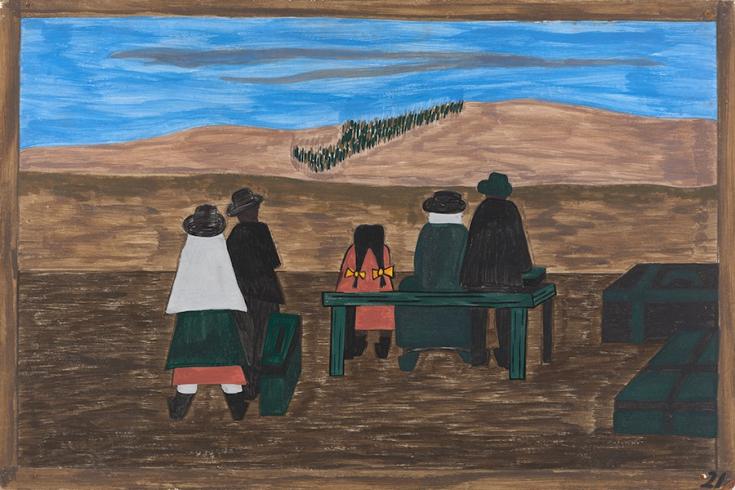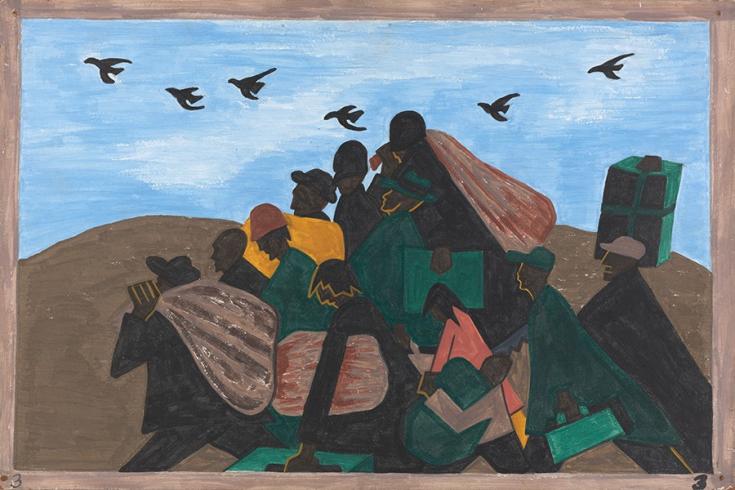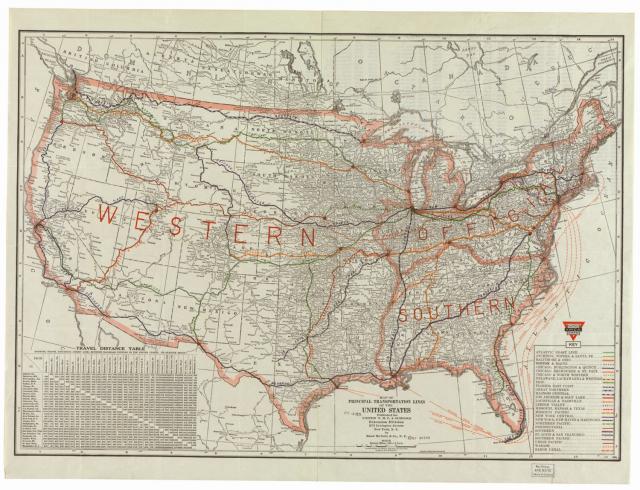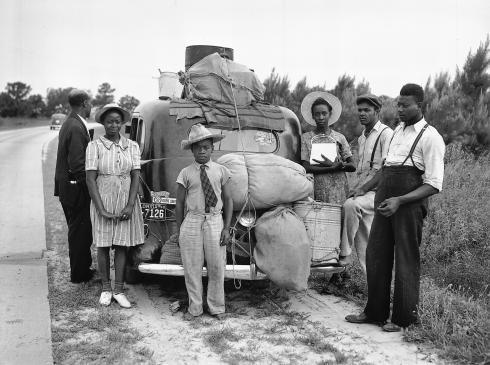The Great Migration: Exploring Poetry and Art
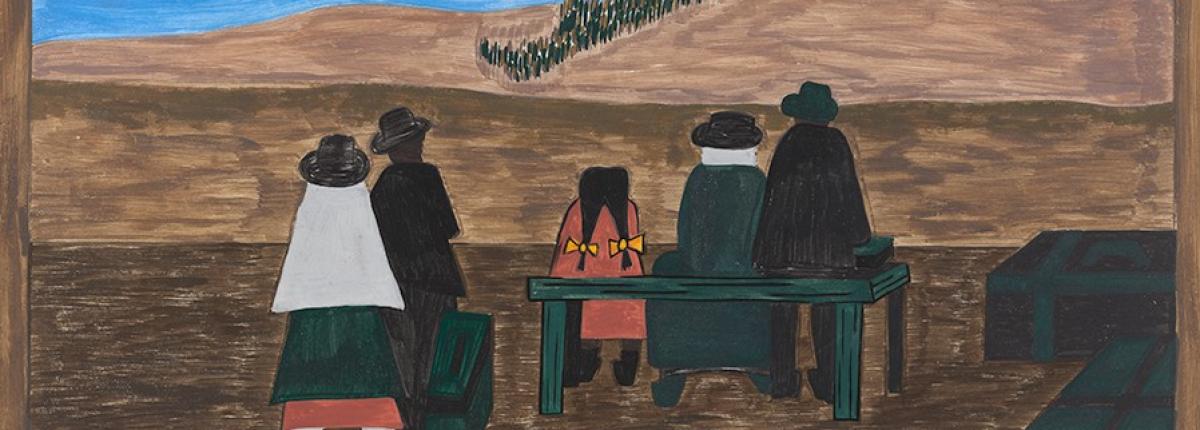
Part 1: Building Historical Context: The Great Migration
Introduce:
- Watch this short video on the Great Migration.
- Teacher’s Note: There may be some vocabulary you should pre-teach your students such as agrarian and bestiality. Pre-watch the video to determine what words your students may need to know beforehand. We have provided some vocabulary and their definitions below as well:
- Agrarian - the cultivation (preparing for crops) of land
- Bestiality - savagely cruel, or depraved, animal-like behavior
- Agency - the ability to exert power
- As students are watching the video, they should jot down their responses to the following questions:
- What was life like in the South for African Americans?
- Why did white Southerners worry about African Americans leaving?
- What was the Great Migration?
- Teacher’s Note: There may be some vocabulary you should pre-teach your students such as agrarian and bestiality. Pre-watch the video to determine what words your students may need to know beforehand. We have provided some vocabulary and their definitions below as well:
- Students should share their responses to these questions.
Part 2: Analyzing Poetry and Art
Analyzing Poetry:
- Share with students that they’re going to learn more about the Great Migration through a poem by Langston Hughes, a prominent African-American author and poet during the Harlem Renaissance.
- In pairs, students will read Langston Hughes’s poem “One Way Ticket.” As they’re reading, they should use this map to help visualize the locations of the cities listed in the first stanza and the distance between those cities. They should circle the cities that Hughes lists in his poem on the map.
-
- After reading the poem, students should continue working in pairs to complete this poetry and art guided exercise.
Part 3: Writing Poetry
- Students will write a poem based on a panel of their choosing from The Migration Series.
- This poem should express what is happening in the panel and incorporate their reaction to the panel.
- Use Hughes’s rhythm and style as a model for the poems.
- Put on a Poetry Slam, where students present their poems to the rest of the class.
- After each presentation, students should discuss which panel they feel the student-poet represented and reasons why.
Additional Context
Lesson Context
Jacob Lawrence created an ambitious 60-panel series that portrays the Great Migration, the flight of over a million African Americans from the rural South to the industrial North following the outbreak of World War I. By Lawrence’s own admission, this was a broad and complex subject to tackle in paint, one never before attempted in the visual arts. The series captures themes of struggle, hope, triumph, and adversity.
Langston Hughes (1902-1967) was a prominent African American author, as well as a contemporary of Jacob Lawrence. Hughes gained recognition during the Harlem Renaissance of the 1920s. In his writings, Hughes focused on the experiences of working-class African Americans in Harlem and addressed contemporary social and political circumstances, such as segregation and urban life.
Hughes and Lawrence were contemporaries and got to know each other at the end of 1947; Hughes’s volume of poetry entitled One-Way Ticket included six drawings by Lawrence, which Hughes personally commissioned. Just as Hughes captured African American experiences through language, Lawrence captured them through color, line, and form.
Key Terms
The Great Migration: In the Southern US, African Americans endured blatant discrimnation and segregation as part of Jim Crow laws, as well as poor economic conditions. In the hopes of improved living and working conditions, hundreds of thousands of African Americans migrated from the South to the North, in particular to Chicago, Los Angeles, Detroit, Philadelphia, and New York. The Great Migration happened in two major waves: the first one being from 1916-1940 and the second one from 1941-1970.
Harlem Renaissance: The largest concentration of African Americans who migrated during the Great Migration moved to Harlem. From the 1910s to mid-1930s, the neighborhood of Harlem in New York City became a hub of African American culture, with an explosion of literature, music, theater, and the arts.
Mood: A feeling created by the artist through their artwork. Mood is often a more general feeling after looking at or studying something for a long time. Emotions are typically temporary. For example, when you first look at a painting, you may feel several emotions—excitement, joy, or happiness. But the longer you study the painting those emotions will fade and a general mood will emerge, such as hope or light-hearted.
Rhythm: A repeated pattern of movement or sound.
